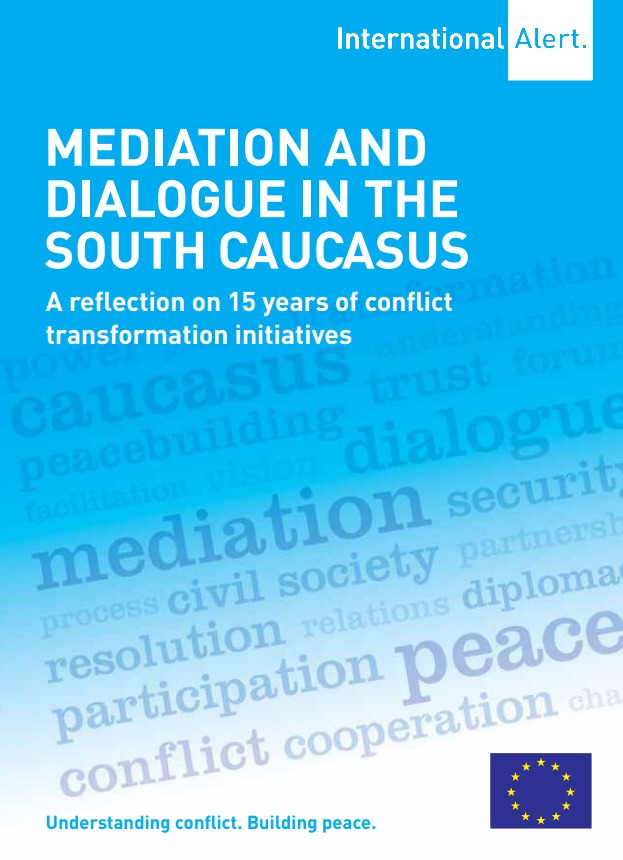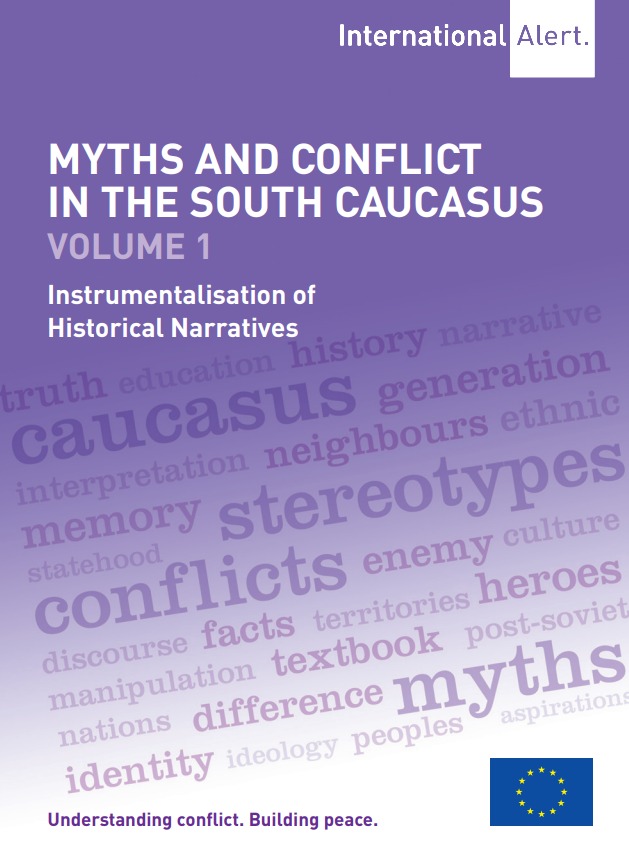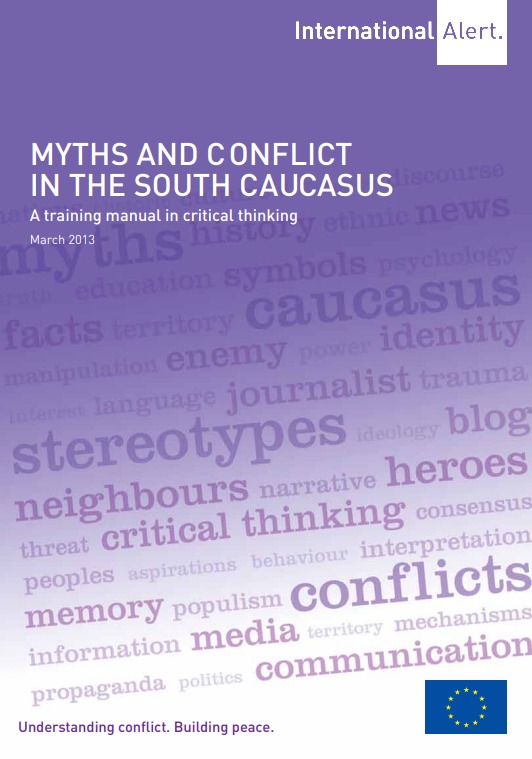About the Project
The South Caucasus Mediation and Dialogue Initiative brought together a range of peace and human rights activists in the region to share their experience. The aim was to use expert analysis, critical thinking and advocacy to influence both public debate and official mediation processes.
The focus was on building connections and cooperation between civil society activists from across the region. The conflict transformation process began with the participants themselves, showing how changing the nature of relationships between individuals can reduce the likelihood of direct confrontation between conflicting sides.
The mutual goal was to bring independent analysis into public and political debate to promote alternative views on conflict resolution in the region. This would include a radical shift in official approaches, leading to peaceful conciliation, regional cooperation and dialogue on shared interests.
Underlying all this was the aim to increase mutual understanding, regionally and internationally, of the interests, needs and fears of all the communities affected by conflict. By doing so, this would build people’s confidence and encourage them to participate politically.
These ambitions were challenged by the Russo-Georgian War in Abkhazia and South Ossetia in August 2008, which resulted in a period of disappointment for those in South Caucasian civil society who had put much time and energy into informal diplomacy over the years. They also began to question the effectiveness of such methods.
After the initial shock, it became clear that the initiative needed to continue. The editors and authors involved in the project proposed to compile a detailed analysis of the details, dynamics and impact of civil peacebuilding into a single publication. They focused on identifying what civil diplomacy can realistically achieve and what type of initiative is worth continuing.
Activities and outcomes
The work included regional research and dialogue meetings with inter-generational groups of analysts and journalists. Advocacy seminars, conferences, and roundtables were held in the region, Europe and Russia.
The approach was based on three themes: past, present and future.
- Past: reflecting on mediation in previous civil diplomacy processes, facilitated by International Alert and others. This resulted in the book ‘Mediation and dialogue in the South Caucasus: A reflection on 15 years of conflict transformation initiatives’.
- Present: research into the creation of ‘myths’ and the perpetuation of ‘enemy images’. Here, the output was the publication ‘Myths and conflict in the South Caucasus’.
- Future: drawing on the findings of the first two strands to develop education and training resources that would build resistance to the way these myths are used to manipulate public opinion. This resulted in the publication ‘Myths and conflict in the South Caucasus: A training manual in critical thinking’.
Photograph by Vaghinak Ghazaryan



